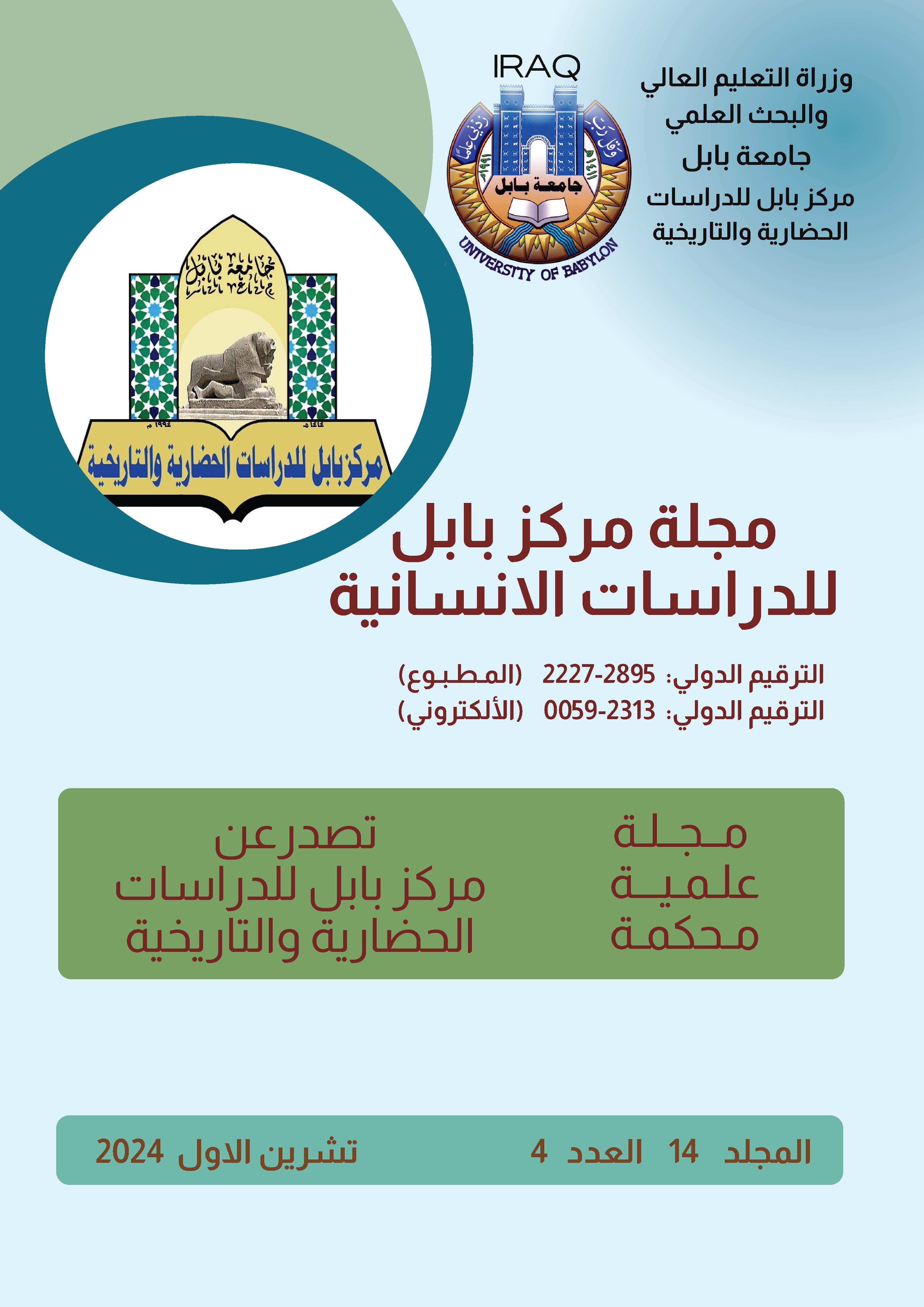Textual cohesion in Surat Maryam from the Holy Quran
Keywords:
Cohesion - Surah Maryam - The Holy QuranAbstract
Cohesion is a high feature among the specifications of the literary text. It is talked about by ancient rhetoricians and modern linguists, and they have put forward artistic theories framed around this principle of the main principles of the text. One of the most important theories in this field in the modern era is the theory of Halliday and Hassan, who talked about consistency and cohesion through three main levels: the grammatical level, the lexical level, and the semantic level. Halliday mentions many indicators at the grammatical level, such as reference, substitution, and connection. Each of them has different types and sections. The second level is the lexical level, which is divided into two main types: repetition and solidarity. The third level is the semantic level, which is divided into five principles, respectively: purpose, relationships, generalization, detail, and discourse. It should be noted that the Qur’an is one of the wonderful artistic texts that contain consistency in an extensive way, and studying consistency and understanding cohesion in its surahs is an important way among modern studies to uncover and understand the miracle of the Qur’an. Because the claim that the infidels have mentioned since the revelation of the Qur’an is that the holy heavenly book is devoid of coherence and order, and studying coherence is necessary to understand the consistency in the Qur’an and to deny the views of the infidels. If the ancient critics studied the issue of consistency in the Qur’an, as we find in the study of Abdul-Qahir al-Jurjani in his theory of order.







